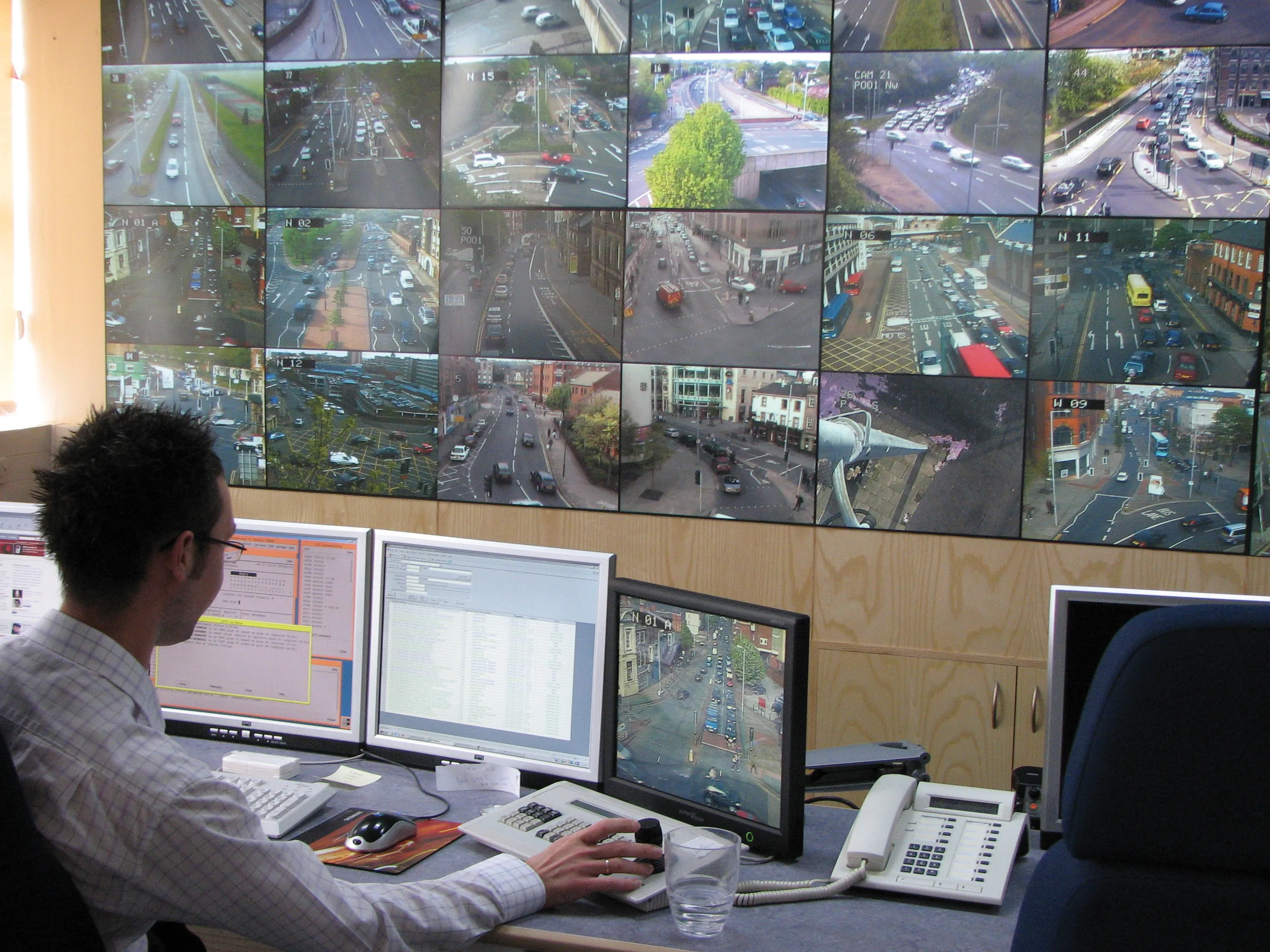Nottingham city in central England has upgraded its Urban Traffic Control (UTC) system to PC SCOOT, supplied and installed by Siemens, to further improve the management of the traffic network around the city. PC SCOOT will initially monitor over 450 junctions and all major routes within Nottingham, with the aim of reducing congestion and CO2 emissions and improving journey times.
February 6, 2012
Read time: 2 mins

Nottingham city in central England has upgraded its Urban Traffic Control (UTC) system to PC SCOOT, supplied and installed by 1134 Siemens, to further improve the management of the traffic network around the city.
PC SCOOT will initially monitor over 450 junctions and all major routes within Nottingham, with the aim of reducing congestion and CO2 emissions and improving journey times.
This development will be followed by the installation of a number of new UTC outstations at sites that will make use of the latest data communications for UTC. Siemens' new UTMC-compliant outstation transmission unit (OTU) provides Nottingham with the benefits of SCOOT MC3 and fully implements the latest UG405 communications protocol.
On behalf of2275 Nottingham City Council and 2276 Nottinghamshire County Council, Sunil Budhdeo said there are a number of benefits for the authority by introducing PC SCOOT at the Traffic Control Centre in Nottingham.
"The system provides a revolutionary way of managing the outstation equipment. By time-stamping the data streams, the authority can use a wide range of communication options, for example, ADSL, multipoint, point to point, Private Fibre Network or wireless. More importantly, flexibility in communications offers authorities the opportunity for significant revenue savings," he said.
Siemens' PC SCOOT will initially monitor traffic flows and react to congestion by adjusting traffic signals at over 450 junctions and on all the busy routes into the city. Over time this will be extended to other strategic routes and all junctions which would have an impact in helping reduce journey times for the travelling public, as part of the council's obligations under the Traffic Management Act 2004. The development programme also included the introduction of Siemens extra low voltage controllers.
PC SCOOT includes all the major features of the Siemens UTC/SCOOT system, monitoring traffic in real-time, it optimises traffic signal operation and adjusts the signal timings to match prevailing conditions, thus increasing network efficiency.
As the system expands operators will be able to monitor and manage traffic flows allowing the local authority to react to events such as road accidents, road works and other planned events by adjusting traffic signal timings to reduce traffic congestion.
PC SCOOT will initially monitor over 450 junctions and all major routes within Nottingham, with the aim of reducing congestion and CO2 emissions and improving journey times.
This development will be followed by the installation of a number of new UTC outstations at sites that will make use of the latest data communications for UTC. Siemens' new UTMC-compliant outstation transmission unit (OTU) provides Nottingham with the benefits of SCOOT MC3 and fully implements the latest UG405 communications protocol.
On behalf of
"The system provides a revolutionary way of managing the outstation equipment. By time-stamping the data streams, the authority can use a wide range of communication options, for example, ADSL, multipoint, point to point, Private Fibre Network or wireless. More importantly, flexibility in communications offers authorities the opportunity for significant revenue savings," he said.
Siemens' PC SCOOT will initially monitor traffic flows and react to congestion by adjusting traffic signals at over 450 junctions and on all the busy routes into the city. Over time this will be extended to other strategic routes and all junctions which would have an impact in helping reduce journey times for the travelling public, as part of the council's obligations under the Traffic Management Act 2004. The development programme also included the introduction of Siemens extra low voltage controllers.
PC SCOOT includes all the major features of the Siemens UTC/SCOOT system, monitoring traffic in real-time, it optimises traffic signal operation and adjusts the signal timings to match prevailing conditions, thus increasing network efficiency.
As the system expands operators will be able to monitor and manage traffic flows allowing the local authority to react to events such as road accidents, road works and other planned events by adjusting traffic signal timings to reduce traffic congestion.








